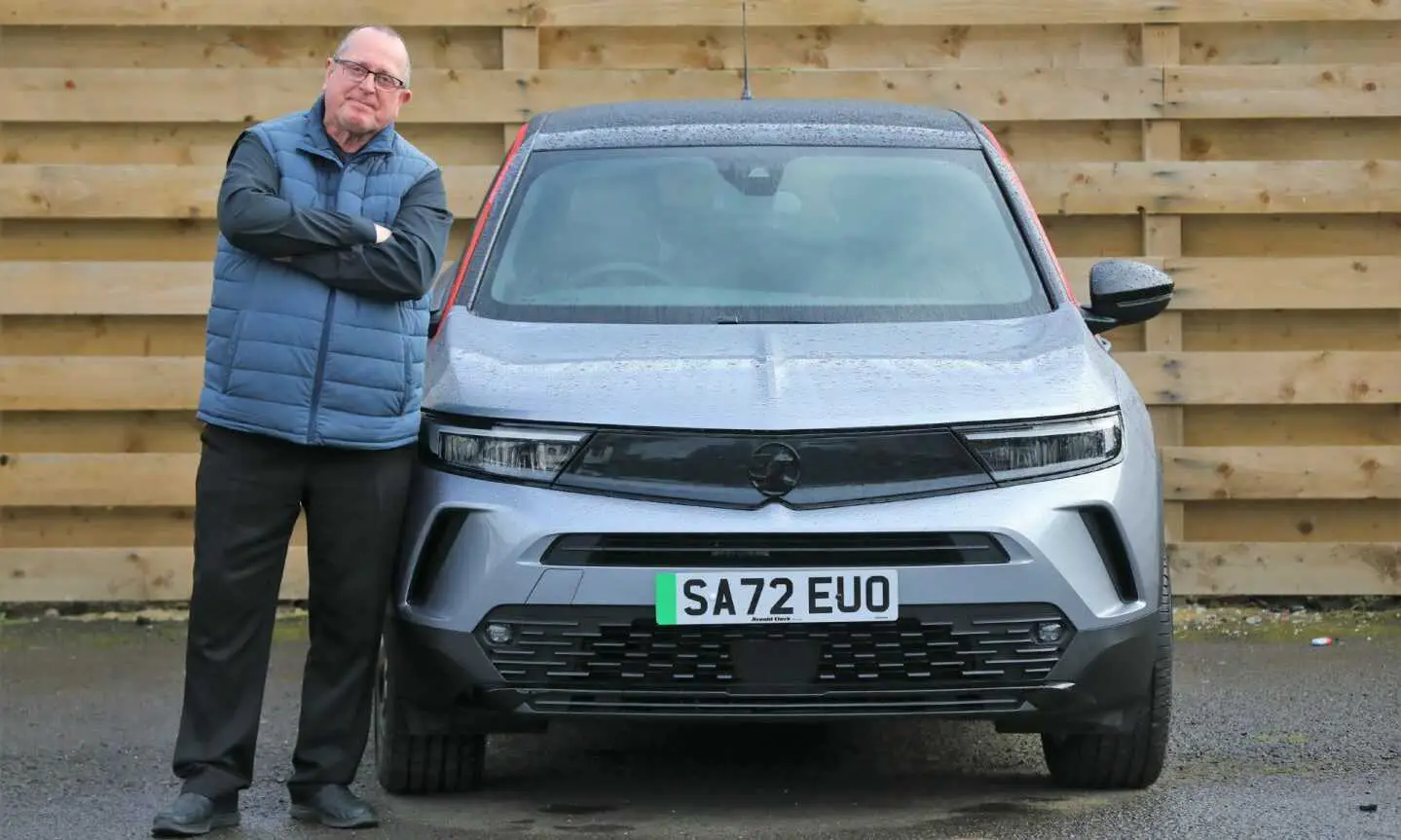The rise of the electric vehicle (EV) industry is undeniable. Thanks to technological progress in battery life, charging infrastructure, and vehicle performance, EVs are fast becoming a staple in transportation ecosystems. However, real-world experiences, like that of hotel manager Rob Alcock from Carnoustie, remind us that caution is required alongside the optimism.
Rob, the proud manager of the Kinloch Arms Hotel, invested £31,000 in an electric vehicle, driven by eco-friendly motivations. However, he soon realized a discrepancy between the promised 209-mile range and the actual 120 miles he could achieve before needing another charge. His disillusionment was compounded when he learned of the car’s rapid depreciation – a loss of £11,600 with only 3,000 miles traveled.
Such stories underline the importance of consumer vigilance. Yes, EVs promise environmental dividends and potential fuel savings, but they also come with concealed challenges. Every consumer’s journey with an electric car is unique, making informed decision-making pivotal.
Statistics from 2021 showed electric vehicle sales nearing an impressive 5.5 million units. The global momentum is reinforced by policies such as the UK’s decision to halt the sale of new petrol and diesel vehicles from 2030, all aiming to curb emissions and elevate air quality.
Yet, with EV growth comes challenges. The charging ecosystem, while expanding, still lags in terms of quantity and uniformity. Prospective EV buyers might be deterred by sparse charging stations and extensive charging durations. Additionally, varying charging connectors and systems between brands can become consumer pain points.
The green tag of electric cars also merits scrutiny. Undeniably, EVs have no tailpipe emissions. However, their batteries demand extraction of metals like lithium and cobalt, posing environmental dilemmas. The source of the electricity, possibly derived from fossil fuels in certain regions, also impacts their net environmental benefit.
Technological evolution remains the industry’s north star. With enhanced battery chemistries, extended range, and quicker charging on the horizon, and combined public-private pushes for more expansive charging networks, the future looks promising.
Yet, one thing stands out: consumer awareness. Rob Alcock’s narrative serves as a parable, indicating the disparity between promotional promises and actual performance. Prospective EV buyers should be astute, seeking genuine reviews and extensive research.
The journey of the electric vehicle industry is akin to a marathon, not a sprint. To truly entrench EVs in global transportation, systemic enhancements in technology, infrastructure, and standardization are paramount. Equally vital is ensuring consumers receive transparent, accurate data about EVs’ capabilities and value propositions.
In essence, the EV landscape brims with potential but isn’t without pitfalls. As the industry marches ahead, technological advancements, coupled with an informed and vigilant consumer base, can chart the path for EVs to be a genuinely sustainable and ubiquitous mode of transport.
Sources:
- Electric Vehicle World Sales Database
- UK Government’s Plan for 2030 EV Transition
- Battery production for EVs and its environmental impact
- The challenges of EV charging infrastructure

This Site Was Inspired By An Interest in Protecting the Environment:
We had the privilege and joy of learning from Dr. Charlie Stine who instilled a love for the natural world through incredible field trips with the Johns Hopkins Odyssey Certificate program in Environmental Studies. At the time, the program was endorsed by the Maryland Department of Natural Resources. Sadly, after Dr. Stine retired, the program was phased out. We hope that we honor his legacy by shining a bright light on environmental issues and sharing good news about the success of various conservation programs when possible.


